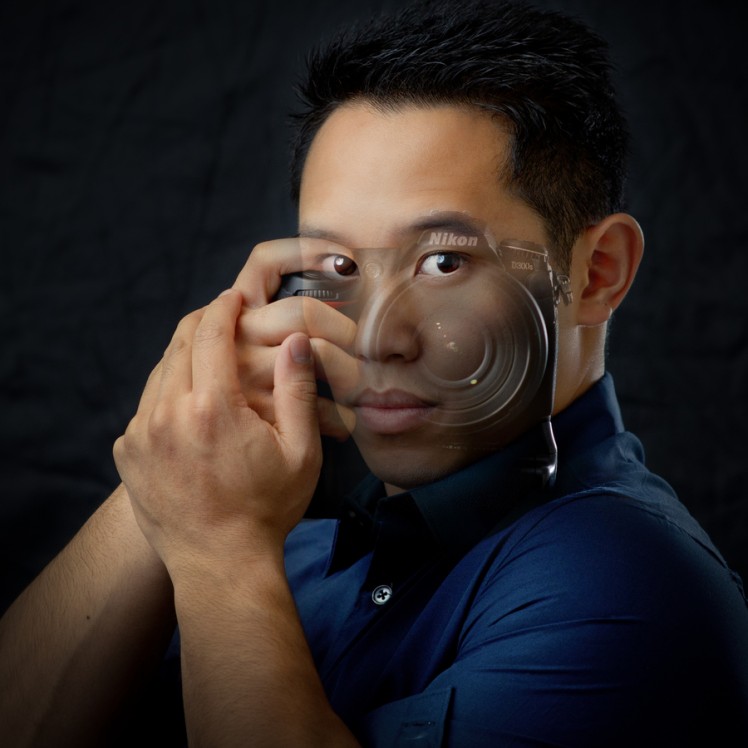True storytelling: When stories are invisible
-
Alex aka Chief WOWness
CEO and Founder of Press42.com, a site that wants to bring startups to the right bloggers, founder at Inkzee.com, co-founder and curator of Tetuan Valley, an international startup incubator based in Madrid, startup mentor at HackFWD, Springboard, Seedcamp, Wise Guys or Huge Things, partner at Okuri Ventures, Sandbox network Madrid Ambassador, Global Shaper by WEF and Startup Digest Madrid curator.closeAuthor: Alex aka Chief WOWness Name: Alex Barrera
Email: [email protected]
Site: https://plus.google.com/110163117884995501916/posts/p/pub
About: CEO and Founder of Press42.com, a site that wants to bring startups to the right bloggers, founder at Inkzee.com, co-founder and curator of Tetuan Valley, an international startup incubator based in Madrid, startup mentor at HackFWD, Springboard, Seedcamp, Wise Guys or Huge Things, partner at Okuri Ventures, Sandbox network Madrid Ambassador, Global Shaper by WEF and Startup Digest Madrid curator.See Authors Posts (98)+ -
Post category
storytelling

Some weeks ago I had someone in the audience asking me the following question: “Isn’t there too many people trying to pitch their product with a story that it’s better that you differentiate yourself by not using stories at all?”.
I had to agree with him. The problem is, once something becomes trendy, recipes on how to achieve such thing become ubiquitous. That’s the moment when you start reading headlines like: “10 steps to create the perfect story” or “The quick guide to storytelling”. As the audience pointed out, it’s risky to use predefined formats. There is nothing wrong with them, except when they become mainstream. The risk of sounding too robotic, too artificial is very high.
In the case of storytelling, the trick, as in many other fields, is to make it invisible to the naked eye. Many talks, performances or acts aren’t what they seem. At first glance they look simple, but that’s a mirage. Simplicity comes with a high cost.
The best stories are the ones that are invisible, the ones that connect with the audience but that you don’t realize they are there. The key here is being natural. When a story is natural and based on truth, it becomes invisible at first glance. As I’ve said before, humans are so used to storytelling that we barely notice it. Like breathing, we don’t realize we breath, but we surely detect when we don’t. The same is true for stories. When someone is guiding you through a story is like if someone told you how to breath. It feels awkward, non natural.
The best stories are those that strike so close home that the audience can only nod. Their brains engaged in picturing or remembering the experience that the story is evoking. Such process allows you to stitch stories without no one noticing it’s really there, as the brain is busy doing its magic.
My advice would be to design stories in the same way you tell something to your friends during lunch. There is, evidently, more to this, but the core is to keep it natural. When something is natural it means it’s common, which means that our brain won’t single it out as something foreign. Try to avoid telling the audience it’s a story or to single out specific elements like the protagonist or the scene. While you want to create an impression, bringing attention to the use of story isn’t the way to do it. Let the story speak for you, not the other way around. Don’t tell, show.
Image: http://500px.com/photo/3386186
Videos
Recent Posts
-
The Data Story Show trailer is here— November 11, 2015
-
If you don’t feel comfortable with it, drop it
— October 28, 2015
-
Do you want to change your company’s corporate culture? Learn how now!
— October 13, 2015
-
The malleable nature of stories
— October 13, 2015

















Pingback: Press42 5 common storytelling mistakes | Press42()